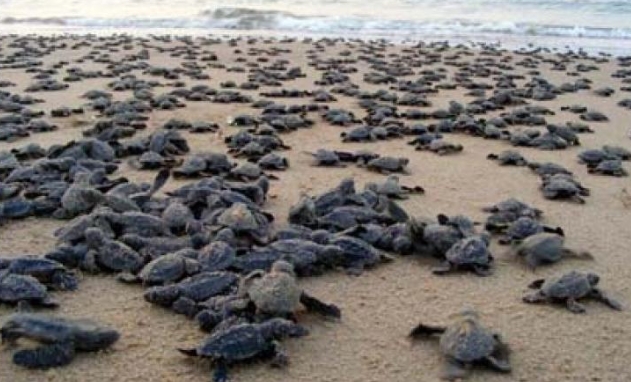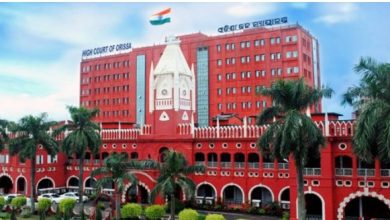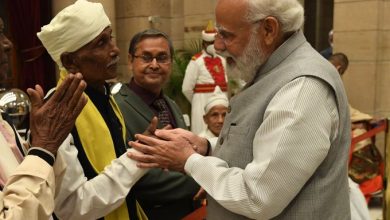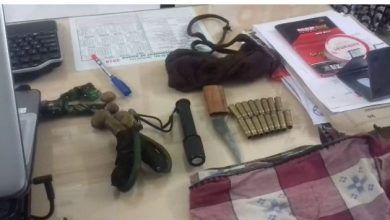Operation launched to protect Olive Ridley turtles along Odisha coast

Kendrapara: The Coast GuardThursday said it has launched the annual operation to ensure the safe mid-sea sojourn of breeding Olive Ridley sea turtles and mass nesting of these delicate marine species in Odisha.
The Olive Ridley turtles turn up in millions for mass nesting along the Odisha coast every year between February and March.
Quoting Survey reports by the Odisha forest department, the CG said that as many as 5,55,638 eggs have been laid by the endangered Olive Ridley turtle species at Rushikulya and Devi River mouth to Astrang symbolizing collective conservation efforts towards wildlife protection.
Conservationists have established protected areas on beaches off Odisha coast where these turtles lay their eggs and thus these areas are regularly monitored to prevent human interference, whether through seaward poaching or disturbance from leisure activities, they said.
Every year since 1991, the Indian Coast Guard (ICG) has been providing continuous assistance under ‘Operation Oliva’ to central and state authorities and agencies to protect endangered species under the Wildlife Act, of 1972.
Under Operation Olivia, the ongoing season of mass nesting of endangered Olive Ridley turtles at the coast of Odisha has yielded productive results as the nesting data mainly at Rushikulya have come up with 6,126 nests with 5,51,238 eggs, where in nesting at Devi River mouth to Astrang is sporadic with 60 nests and 5,400 eggs.
Being a maritime law enforcement organisation, the ICG has been entrusted with the charter responsibility of preserving and protecting the maritime environment.
In coordination with the state’s fisheries and the forest departments. Coast Guard is conducting the operation, which commenced November 1 and will continue up to May 31, 25.
As part of the ongoing operation, ICG conducts periodic social awareness drives and a special community interaction programme for sensitising the coastal populace and fishing communities.
During this period, fishing vessels and boats operating close to the marine reserve areas and protected areas are being regularly monitored by ICG for the usage of the Turtle Excluder Device (TED).
ICG ships and aircraft are deployed and tasked towards the protection of turtles and to ensure that an appropriate environment is provided to the turtles for mass nesting and to enforce the legislation promulgated by the Government.
Around 150 fishing boats have either been boarded or investigated during ongoing operations to ensure strict adherence to the law.
The Gahirmatha rookery in Kendrapara district is widely acclaimed as the World’s largest nesting beach of olive turtles.
Apart from Gahirmatha, these threatened aquatic animals turn up at Rushikulya river mouth and Devi river mouth for mass nesting.
An Olive Ridley usually lays about 120 to 150 eggs from which hatchlings emerge after about 45 to 50 days.







